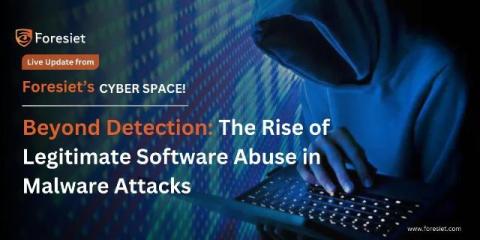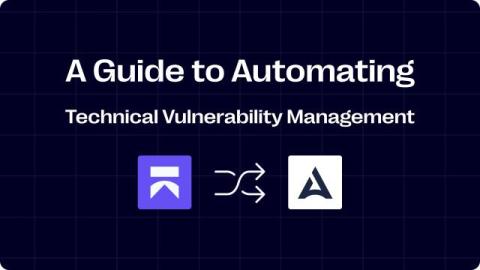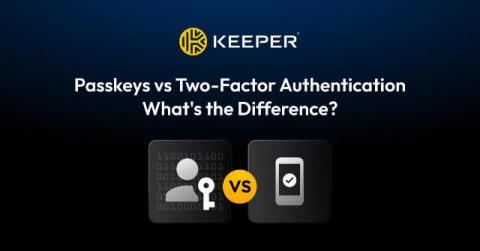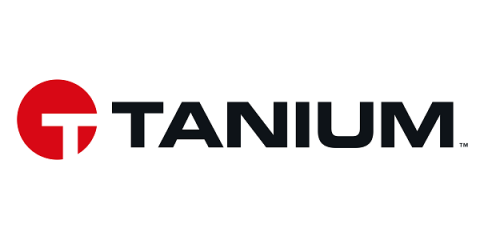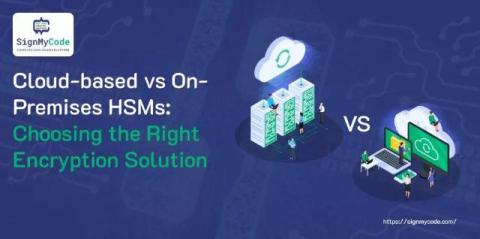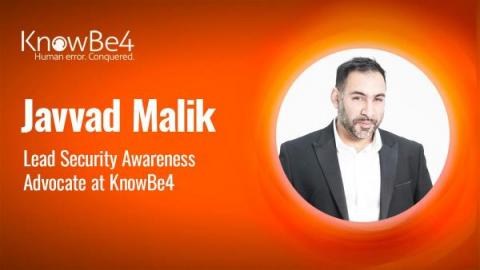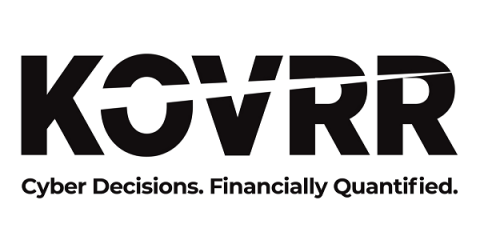Beyond Detection: The Rise of Legitimate Software Abuse in Malware Attacks
Cybersecurity researchers have identified an increasing trend where threat actors are abusing legitimate and commercially available packer software, such as BoxedApp, to evade detection and distribute malware, including remote access trojans and information stealers. Targeted Industries and Geographical Spread According to Check Point security researcher Jiri Vinopal, the majority of malicious samples have targeted financial institutions and government sectors.


